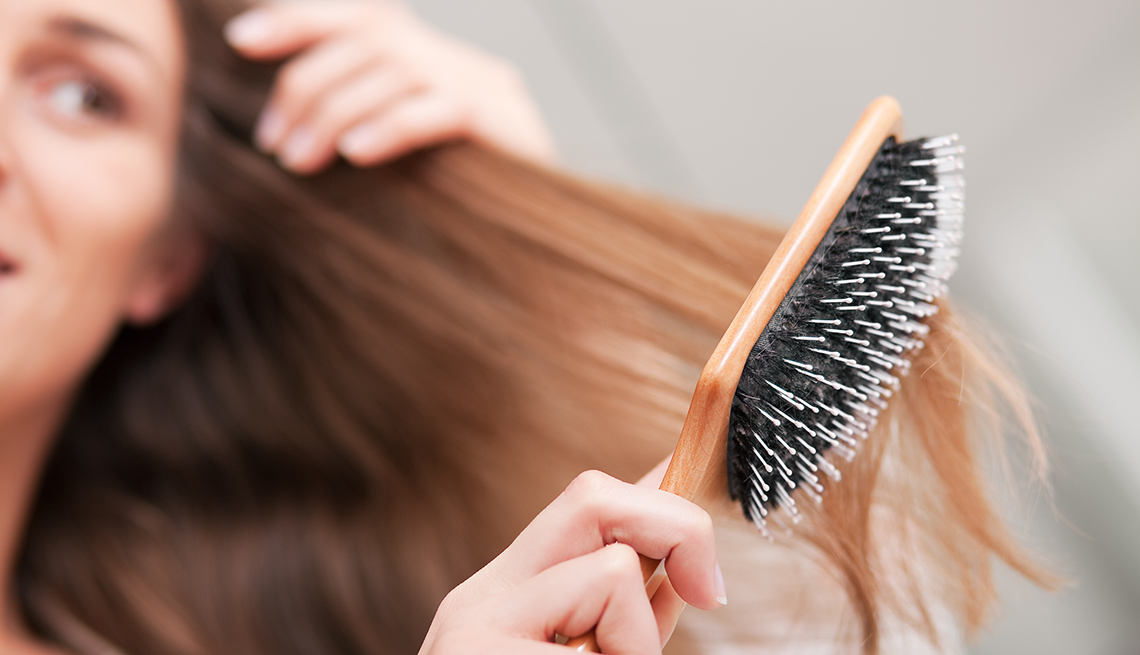Staying Fit
| Visible hair loss can be deeply distressing and affects both men and women of all ages. While this condition is more common in men, women can experience thinning or complete hair loss, as well.
For women, pattern hair loss occurs mostly when they are in their 50s and 60s. According to a study published by the National Institutes of Health, “Female pattern hair loss is the commonest cause of hair loss in women, and prevalence increases with advancing age. Affected women may experience psychological distress and impaired social functioning.”


AARP Membership— $12 for your first year when you sign up for Automatic Renewal
Get instant access to members-only products and hundreds of discounts, a free second membership, and a subscription to AARP the Magazine.
According to a posting by Harvard Women's Health Watch, “Hair loss often has a greater impact on women than on men because it's less socially acceptable for them.” The organization notes that as many as two-thirds of postmenopausal women have thinning hair or bald spots.
Hair loss in men, the Harvard article explains, "usually begins above the temples," with the receding hairline forming the shape of an M. In women, thinning hair appears gradually, usually at the part line, and increasing hair loss spreading from the top of the head.
There are several causes of hair loss in women, including medical conditions, certain medications, and physical or emotional stress. Here are five categories of hair loss affecting 50-plus women.
- Aging
- Changes in hormones — menopause
- Family history of pattern baldness
- Stress (physical or emotional)
- Diet — i.e., poor nutrition
Any kind of unusual hair loss should not be ignored. “Since women develop hair loss for many reasons and each requires different treatment, it’s wise to consult with a dermatologist,” Wilma F. Bergfeld, senior dermatologist at the Cleveland Clinic and past president of the American Academy of Dermatology, noted in an interview with HuffPost.
What to Do About Hair Loss
Currently, there is no known way to prevent female pattern baldness; existing options to cope with hair loss include medications, topical treatments and hair transplants. You can take steps, however, to prevent further hair loss or damage. Try these tips from HuffPost.
- Avoid hairstyles that pull at your strands, like braids, ponytails or buns, as these can put too much pressure on hair and damage follicles.
- Be careful with heating tools such as curling rods and blow dryers with brushes. If you do use these tools, keep them on the lowest settings and also apply a heat-protecting spray to your locks.
- Avoid overdoing chemical processing, as straightening, bleaching or lightening hair can damage the hair shaft.
- Boost your intake of foods high in vitamins such as iron, zinc and vitamin B12 through diet or dietary supplements, to help revitalize thinning strands.
- Try essentials oils to condition the scalp. For example, massaging a few drops of rosemary, cedarwood, lavender or clary sage into your head can invigorate your scalp and improve hair growth.

































































